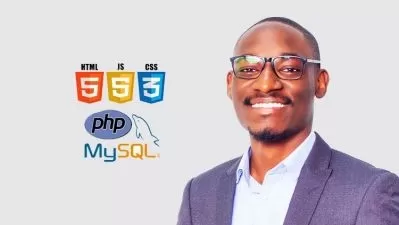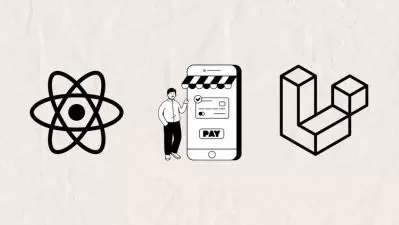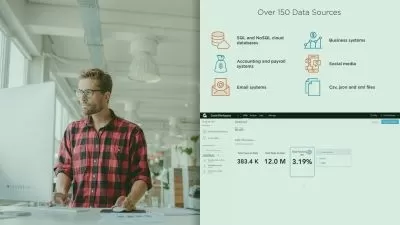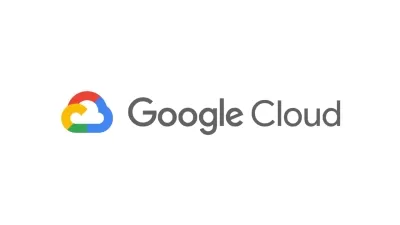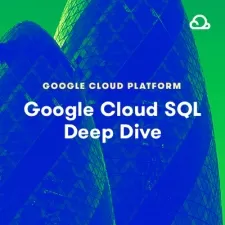From Concept to Cloud: Mastering Full-Stack Web Development
Farris Ismati
8:07:01
Description
Level-up your Full-Stack dev skills by building an advanced WebApp using AWS, Nextjs, Node, Terraform, & many more tools
What You'll Learn?
- Learn how to develop a full-stack application with Node, AWS, & Nextjs from every stage starting with planning all the way to deployment
- Create an application that interacts with its users in real-time by connecting a Twitter with your website using WebSockets
- Perform almost every possible role an engineer can have during the production lifecycle of an application
- Develop a website that utilizes server side rendering with Nextjs
- Utilize the Google maps API with Reactjs to create a fully interactive map
- Automatically build and deploy code when you push commits using Github Actions
- Build over 7 different types of AWS resources with code using Terraform
- Deploy a Nextjs application on AWS using Terraform and AWS Amplify
- Containerize and test your Node and Nextjs code using docker
- Build a fully functioning virtual private cloud on AWS with Terraform that will allow you to deploy internet enabled resources
- Develop API endpoints and WebSocket endpoints using AWS Lambda functions and AWS API Gateway
Who is this for?
What You Need to Know?
More details
DescriptionReady to build a food truck tracking app over the course of a weekend? This course will give you the skills and knowledge to develop a real-time web application that tracks food truck locations using the Google Maps API and WebSockets. You'll wear many hats, including DevOps engineer, backend engineer, frontend engineer, and Solutions Architect, allowing you to gain hands-on experience in a variety of roles.
Frontend engineer, you'll craft an intuitive user interface using Nextjs, leveraging the power of the Google Maps API while seamlessly integrating with the backend services you'll create.
Backend engineer, you'll be responsible for building the API and WebSockets in Nodejs and deploying them on AWS, ensuring robust and efficient communication between the frontend and backend components.
Solutions Architect, you'll design and construct the entire infrastructure on AWS, utilizing cutting-edge tools such as DynamoDB, Lambda, API Gateway, SQS, ECS, and more to create a robust and scalable system.
DevOps engineer, you'll set up an efficient pipeline for your codebase using GitHub actions, streamlining development and deployment processes and increasing productivity.
By the end of this course, you'll have developed a functional and exciting food truck tracking application that integrates multiple technologies, making you a versatile and in-demand developer.
Who this course is for:
- Frontend engineer that wants to learn how to build with Google Maps and Nextjs
- Frontend engineer that wants to deploy their Nextjs application to AWS Amplify
- Backend engineer that wants to learn how create WebSocket and API endpoints with API Gateway and serverless functions
- Backend engineer that wants to learn how stream real time Twitter data with Nodejs and AWS
- Cloud engineer that wants to learn how to deploy multiple types of AWS services to AWS with Terraform
- DevOps engineer that wants to see how to build pipelines for multiple systems with Github Actions
- Engineer that wants to upgrade their portfolio by adding an impressive project
- Engineer that wants to learn how to containerize their Nextjs and Nodejs code
Ready to build a food truck tracking app over the course of a weekend? This course will give you the skills and knowledge to develop a real-time web application that tracks food truck locations using the Google Maps API and WebSockets. You'll wear many hats, including DevOps engineer, backend engineer, frontend engineer, and Solutions Architect, allowing you to gain hands-on experience in a variety of roles.
Frontend engineer, you'll craft an intuitive user interface using Nextjs, leveraging the power of the Google Maps API while seamlessly integrating with the backend services you'll create.
Backend engineer, you'll be responsible for building the API and WebSockets in Nodejs and deploying them on AWS, ensuring robust and efficient communication between the frontend and backend components.
Solutions Architect, you'll design and construct the entire infrastructure on AWS, utilizing cutting-edge tools such as DynamoDB, Lambda, API Gateway, SQS, ECS, and more to create a robust and scalable system.
DevOps engineer, you'll set up an efficient pipeline for your codebase using GitHub actions, streamlining development and deployment processes and increasing productivity.
By the end of this course, you'll have developed a functional and exciting food truck tracking application that integrates multiple technologies, making you a versatile and in-demand developer.
Who this course is for:
- Frontend engineer that wants to learn how to build with Google Maps and Nextjs
- Frontend engineer that wants to deploy their Nextjs application to AWS Amplify
- Backend engineer that wants to learn how create WebSocket and API endpoints with API Gateway and serverless functions
- Backend engineer that wants to learn how stream real time Twitter data with Nodejs and AWS
- Cloud engineer that wants to learn how to deploy multiple types of AWS services to AWS with Terraform
- DevOps engineer that wants to see how to build pipelines for multiple systems with Github Actions
- Engineer that wants to upgrade their portfolio by adding an impressive project
- Engineer that wants to learn how to containerize their Nextjs and Nodejs code
User Reviews
Rating
Farris Ismati
Instructor's Courses
Udemy
View courses Udemy- language english
- Training sessions 125
- duration 8:07:01
- Release Date 2023/06/08





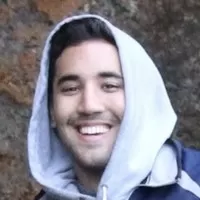
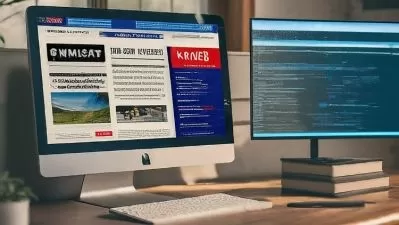

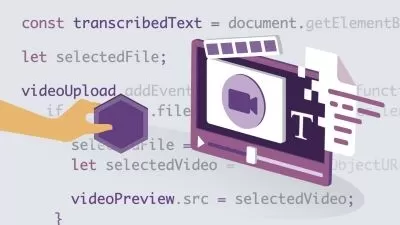



![Build a Full-stack Mobile App [MERN, React-Native, Node.js ]](https://traininghub.ir/image/course_pic/26620-x225.webp)

